So, you’ve landed a consulting gig – congrats! Now, it’s time to iron out the details with your client and sign a consulting agreement. But what exactly is a consulting agreement, and why do you need one? And more importantly, how can you make sure the process is as painless as possible? Fear not, my friend – I’ve got you covered. Let’s dive in, with a sprinkle of humour to keep things light:
First things first – what is a consulting agreement? Simply put, it’s a contract between you and your client that outlines the terms of your working relationship. It covers things like your scope of work, your fee, your timeline, and your confidentiality obligations. It’s basically like a prenup for your consulting engagement, except hopefully less awkward.

Now, why do you need a consulting agreement? Well, for one thing, it protects both you and your client. It ensures that everyone is on the same page about what you’ll be delivering, when you’ll be delivering it, and how much you’ll be paid for it. And in the unlikely event that things go sour, it provides a framework for resolving disputes. Plus, it makes you look super professional and legit, which is always a bonus.
So, how can you make sure the consulting agreement process goes smoothly? Here are some tips:
- Communicate clearly:❗️ Make sure you and your client are crystal clear on what you’ll be delivering, when you’ll be delivering it, and how much you’ll be paid for it. If you’re not sure about something, ask! And if your client isn’t being clear, don’t be afraid to push for more details.
- Don’t be afraid to negotiate:❗️ If you don’t like the terms your client is offering, don’t just accept them out of desperation. You have the power to negotiate for better terms, whether it’s a higher fee, a longer timeline, or more flexible payment options. Just don’t be too greedy, or you might scare off your client (or end up with a horsehead in your bed).
- Use a template:❗️ There are plenty of consulting agreement templates available online that you can use as a starting point. Just make sure you customize it to fit your specific needs and circumstances. And if you’re not sure about something in the template, consult with a lawyer (or at least a friend who’s good at pretending to be one).
In conclusion, a consulting agreement may not be the most exciting part of your consulting gig, but it’s an important one. By communicating clearly, negotiating when necessary, and using a template as a starting point, you can make the process as painless as possible. And who knows – if you play your cards right, you might even end up with a client who becomes a lifelong friend (or at least someone who sends you a fruit basket every Christmas).

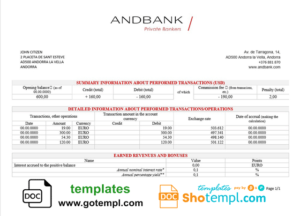 Andorra Andbank bank statement template in Word and PDF format, good for address prove
Andorra Andbank bank statement template in Word and PDF format, good for address prove  # baloon bio universal multipurpose bank visa electron credit card template in PSD format, fully editable
# baloon bio universal multipurpose bank visa electron credit card template in PSD format, fully editable 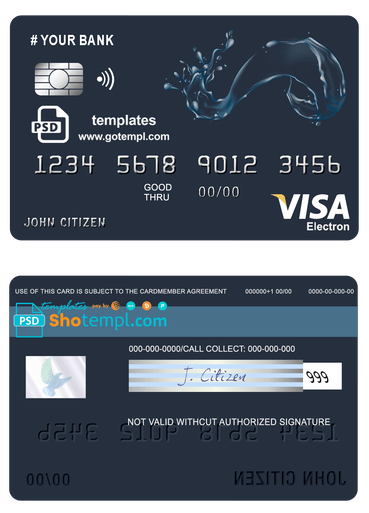 # action water universal multipurpose bank visa electron credit card template in PSD format, fully editable
# action water universal multipurpose bank visa electron credit card template in PSD format, fully editable 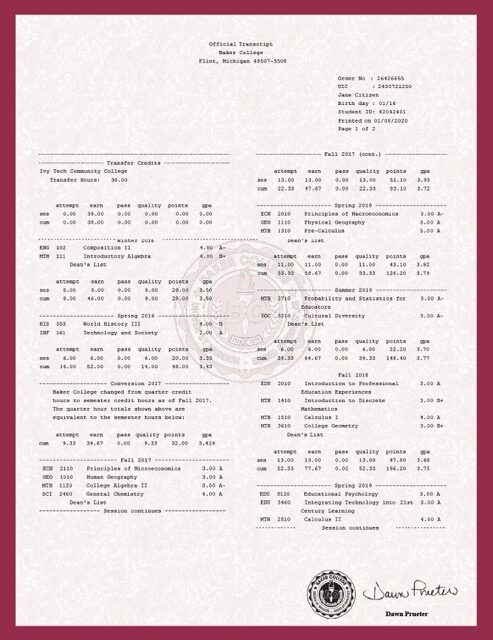 Baker College Michigan official transcript Word and PDF template
Baker College Michigan official transcript Word and PDF template 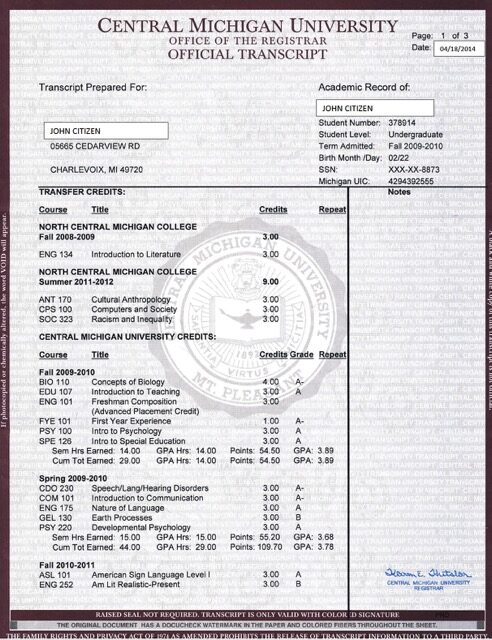 Central Michigan University official transcript Word and PDF template
Central Michigan University official transcript Word and PDF template 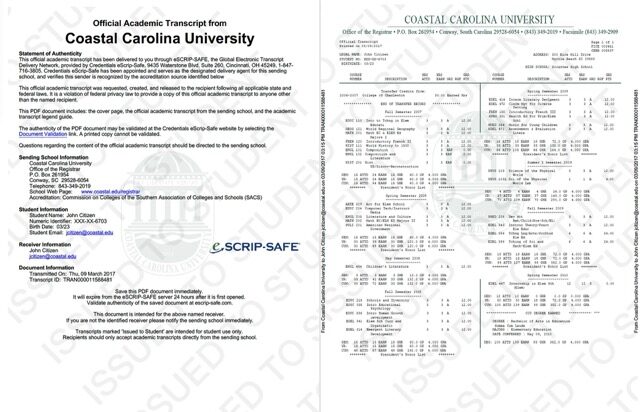 Coastal Carolina University official academic transcript Word and PDF template, 2 pages
Coastal Carolina University official academic transcript Word and PDF template, 2 pages